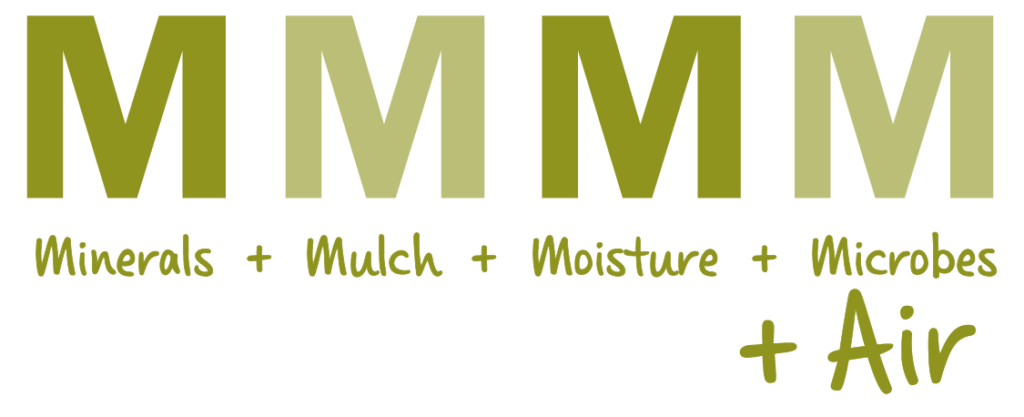Even though the wet season has passed, for many producers, the impact of the heavy, ongoing rain has had a major impact on soil structure leading to issues with productivity.
Remember, there are 3 aspects of soil fertility Nutritional, Biological and Structural. Because all 3 aspects are interactive and interdependent, when any one is out of balance, then soil fertility, as a whole, is affected.
Microbe and worm activity in the soil depends on having adequate oxygen to survive. Repeated, extended periods of rain resulting in the soil being waterlogged for long periods of time, has had a detrimental impact on soil biology, and subsequently soil structure and nutrient availability.
Soil Biology includes bacteria, fungi, worms, insects, arthropods (and more) and they play a key role in the nutritional and structural aspects of soil fertility.

The impact of water logged soil on Soil Biology:
- after 24hrs – 25% loss in biological activity
- 48hrs – 50% loss in biological activity
- 72hrs – Soil becomes anaerobic (no oxygen) and aerobic microbes are extinguished.
- It can take 6 months or longer for soil to return to normal aerobic health
Soil Biology Supports Soil Structure
Soil Biology, the unseen workers in your soil, operate in a multifaceted manner. The physical activity of worms, insects, and arthropods create large and small pores in the soil profile. These pores allow air and water to move freely through the soil, giving effective water infiltration as well as drainage.
Bacteria and fungi excrete polysaccharide (mucus like compounds) that bind soil particles together. Many soil fungi possess root like structures known as hyphae, and this thread-like network helps to bind soil particles together, helping to reduce soil erosion and improve soil structure.
Soil Biology Increases Nutrient Availability
Earthworm and micro-organism castings contain increased amounts of plant nutrients. Many plants form intimate and symbiotic relationships with bacteria and fungi in order to increase uptake of specific elements. Obvious examples include Rhizobium bacteria with legumes for increased Nitrogen, and Mycorrhizal fungi (VAM) which releases locked up phosphorus and other nutrients from the soil environment. These microbes are naturally occurring in healthy soil.
How can you improve your soil biology?
When confronted with hostile conditions such as too much rain, droughts or toxic conditions, micro-organisms such as bacteria retreat to a spore form (a type of hibernation), and worm activity has a similar hibernation habit. The following action steps can assist to stimulate soil biology and rebuild fertility in your soil.

Minerals
Over decades of farming, many mineral elements have been depleted from the soil. The inclusion of a broad-spectrum mineral and trace element fertiliser such as NatraMin into your soil management program can assist to restore the mineral balance and stimulate microbe and worm activity.
Mulch
Microbe and worm activity helps to convert mulch into humus in your soil. A green manure crop, especially legumes, provides an excellent source of mulch. Animal manure, plant roots and stubble also provide valuable sources of mulch.
Moisture
Humus in the soil creates a storehouse for moisture and nutrients. Soil with 3% organic carbon can hold 5 times more moisture compared to soil with 1% organic carbon. Heightened water holding capacity can make a significant difference to your crop.
Air
The level of soil aeration can greatly impact the species and population of the microbial community. Although some micro-organisms can survive in flooded or compacted soils, most require a substantial supply of oxygen.
The Importance Of Minerals
Remineralisation with NatraMin is the first step to take to restore the natural mineral balance to your soil. NatraMin provides bio-activated broad spectrum minerals and trace elements and is formulated to stimulate the Biology in your soil.
As a first step, we recommend a soil test to assess your soil and crop requirements. Remember, with a soil test, inputs can be tailored, which can often be more cost effective.
